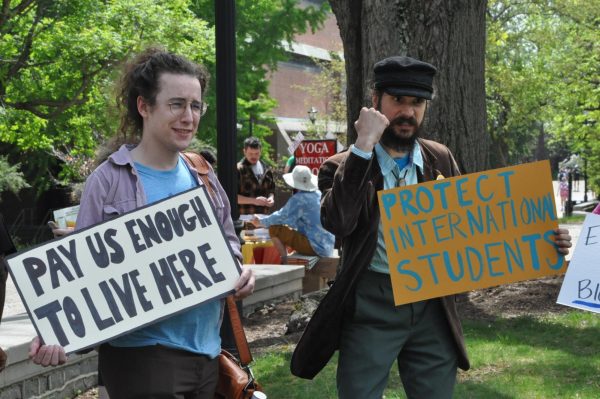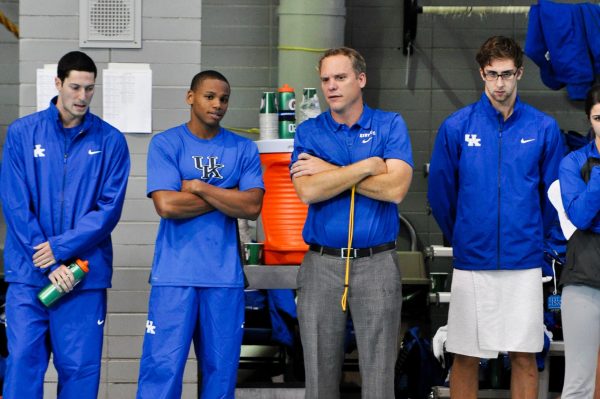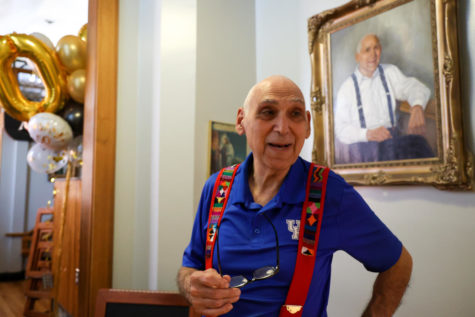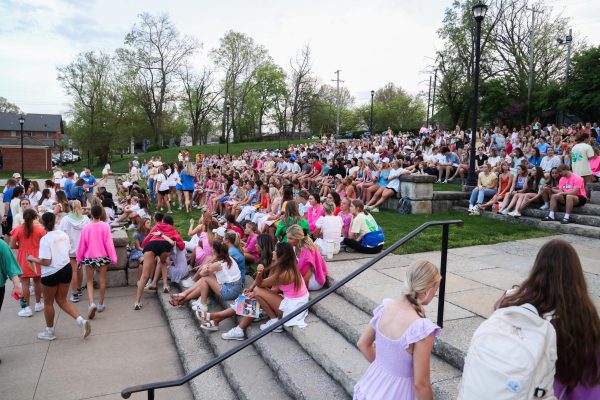Professor discusses earthquake, tsunami damage to Japan
March 20, 2011
Disasters unfolded in Japan as UK students departed for spring break last Friday.
A cataclysmic 9.0 earthquake rocked northeastern Japan at 2:46 p.m. (Japan Standard Time) on March 11 near the east coast of Honshu, according to the United States Geological Survey’s Earthquake Hazards Program.
The Kentucky Geological Survey (KGS) program at UK said that the event was preceded days earlier by several foreshocks, beginning on March 9.
Geologic Hazards Head of KGS and UK professor Zhenming Wang said that an 8.2 magnitude earthquake was expected, but the 9.0 earthquake took them by surprise.
The earthquake was the fifth largest seismic quake recorded in history and was powerful enough to move masses of land.
However, Wang said it was the tsunami generated from the earthquake that dealt the majority of the damage, and not the earthquake itself.
Soon after the quake hit, massive waves of seawater struck Japan’s coastal areas.
The tsunami was reported to be up to 30 feet high, with enough strength to destroy nearly anything it came in contact with.
After the initial danger of the tsunami, Japan’s peril was elevated when the Tokyo Electric Power Company’s Fukushima Daiichi nuclear power plant was affected by the waters.
The powerful waves disrupted the plant’s backup generators, which caused the set of nuclear reactors to heat up. Occupants of the surrounding area were urged to evacuate or stay indoors as issues at the plant progressed.
Workers have faced increasingly difficult issues such as explosions, fire and dangerous amounts of radiation while attempting rescue and repair efforts.
Successful attempts to stabilize the reactors by cooling them with water have allowed workers to make advances in getting the power running again.
Due to the natural disasters, 8,199 people are confirmed dead, 2,612 injured and 12,722 missing according to Japan’s National Police Agency on Sunday.
UK’s International Affairs program reported no students or faculty were injured or in danger.
Kristen Wallitsch, a UK doctorate student, lives in Tokyo, Japan and conducted an interview with local news station WKYT over Skype.
“The people that live around me have lived in Tokyo their whole lives,” Wallitsch said during her interview with WKYT. “They were saying this is the worst earthquakes I’ve ever experienced, but the devastation in Tokyo is nothing compared what it is just north of us.”
Wallitsch spent Friday contacting friends in the area, and is now traveling back to Louisville, Ky., according to Susan Carvalho, the associate provost for International Affairs Program.
Damage to Japan is currently estimated to be more than $200 billion.
The country is accepting aid from several countries and organizations, such as the American Red Cross, Save the Children and the International Medical Corps to provide humanitarian support for its people.
Friends or family of people in the area can check on their status through Google’s Person Finder, a crisis service where the affected individuals report their condition to officials for public display.























































































































































